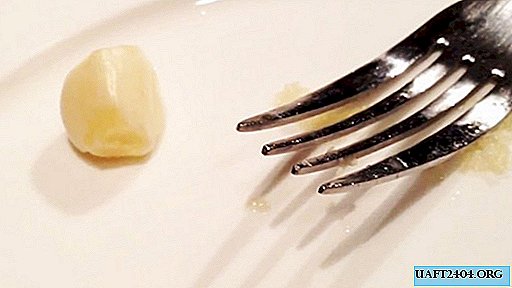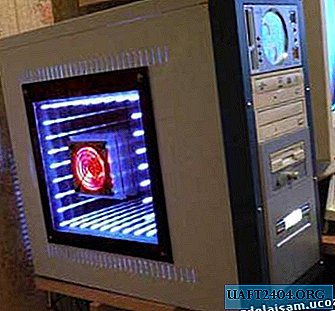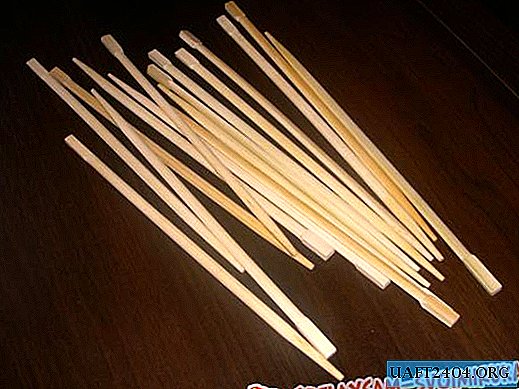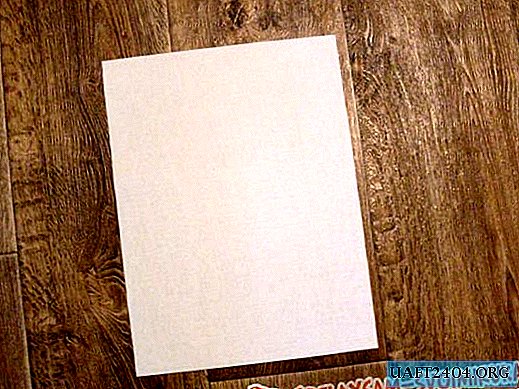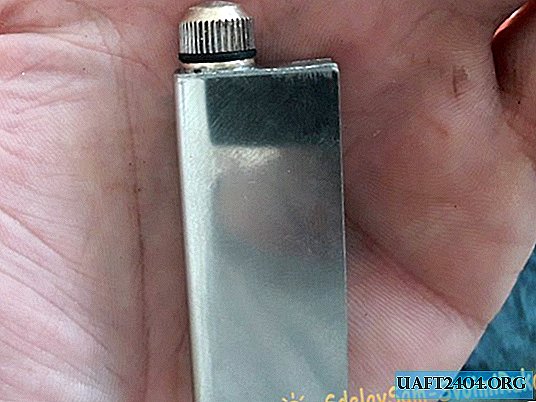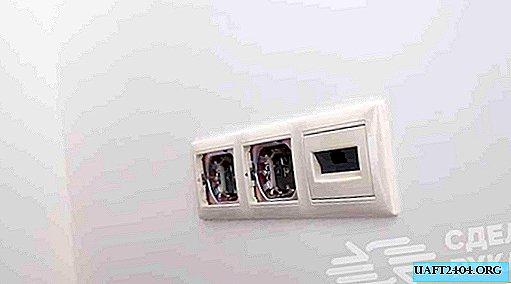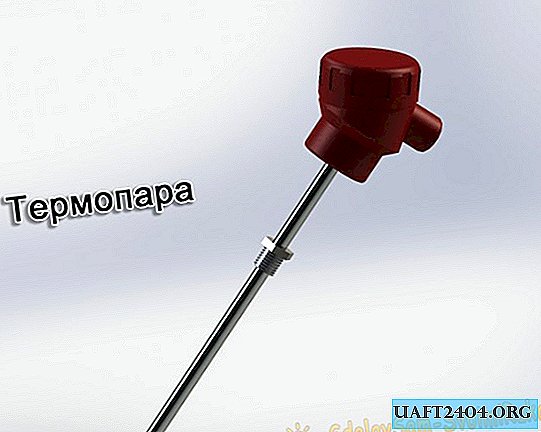Share
Pin
Tweet
Send
Share
Send
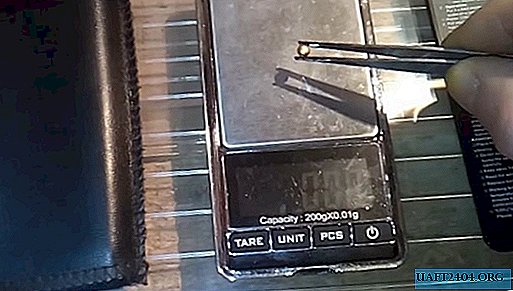
Why exactly gold
Surely many who heard about these experiments wondered: why do the contacts cover or even make from such a precious metal as gold. After all, the same silver is much cheaper, and in electrical conductivity it even surpasses the yellow metal. In fact, everything is not so complicated. Silver tends to oxidize over time, but for contact groups this is detrimental. Gold does not react with any element of the periodic table, and remains unchanged for a long time. Therefore, over contact groups that are coated with gold, time is powerless!
Process video
Essential Ingredients and Reagents
- Laboratory glass beakers - 150 ml (1 pc.), 1000 ml (2 pc.);
- Radio components - transistors, microcircuits, contact sockets, sockets, switches, etc .;
- Water;
- Rock or salt;
- Nitric acid;
- Urea;
- Inkstone.
To speed up the reaction will need an electric stove.


Getting to the chemical process of getting gold
The method that we will consider today is based on chemical etching or reduction of gold, and its separation from other metals. To carry out such chemical experiments, it is necessary to provide ventilation, use protective clothing, glasses, a respirator and gloves.
For chemical experiments, we use a liter vessel from, and pour 100 ml of water into it. We put the whole set of processed radio components in it.

Pour 1.5-2 tablespoons of table or rock salt (halite), and stir the resulting consistency.

Next, in a glass container of 150 ml we collect 100 ml of nitric acid. It is necessary to work with this reagent very carefully, protecting yourself with tight rubber gloves.
Pour nitric acid into a liter vessel with radio components. The etching reaction with the release of oxide vapor occurs immediately, and almost completely dissolves all metals, with the exception of gold, turning some into oxides and others into nitrates.
The result is a saturated dark green solution. If it is necessary to complete the etching reaction, another 100 ml of nitric acid can be added.



From a plastic watering can and cotton wool we make a funnel with a filter. We put cotton in the drain hole, and pour the solution into it along with all the contents. We put the watering can in a clean liter vessel.


The remaining radio components can be removed. The filtered solution is heated on a stove and proceed to the quenching of nitric acid. We will do this with the help of urea, a simple and cheap ingredient that can be bought at any flower shop selling fertilizers.


We add urea one tablespoon each, constantly stirring the solution in a container. In this case, nitrogen vapors should be released. The addition of urea powder must be done until the quenching reaction ceases.




Next, we heat the container with the solution to 80-85 degrees Celsius, since in a cold solution, the process of quenching nitric acid with urea will not be completed.
The final stage of our chemical experiment will be the separation of the obtained metal from a quenched nitric acid solution. To do this, pour a few tablespoons of iron sulfate (iron sulfate) into 100 ml of water and mix thoroughly. The resulting reagent is poured in small portions into a liter container with metal deposits.


We put the container with the solution on an electric stove, and heat for ten minutes, stirring alternately. Having poured the acid solution into another container, small coagulated particles of gold should remain at the very bottom.



All that remains to be done is to melt them in a crucible into a single ingot of precious metal.


Share
Pin
Tweet
Send
Share
Send

